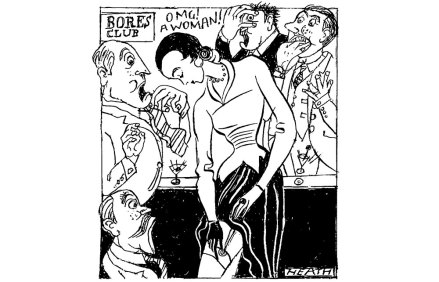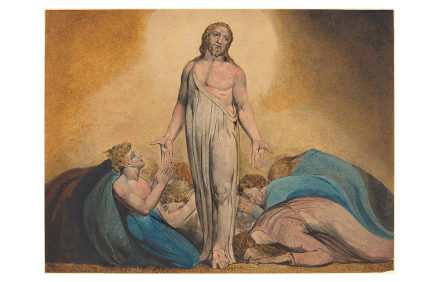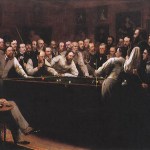Women don’t want women-only clubs
In my experience, men offer this infuriating comeback when challenged about the continuing exclusion of women from clubs such as the Garrick (for now at least – the Garrick is voting on 7 May on the admission of women as members). ‘But why don’t you set up your own women-only clubs,’ they sulk, ‘and leave us alone?’ My interlocutors are often members of not one but multiple men-only clubs. My husband, father and brothers, for example, frequent a combination of White’s, the Beefsteak, Pratt’s (men-only until last year) and the Garrick. Two of my siblings à l’époque graced the Bullingdon at Oxford. Women-only clubs are all marketed as networking hubs,




